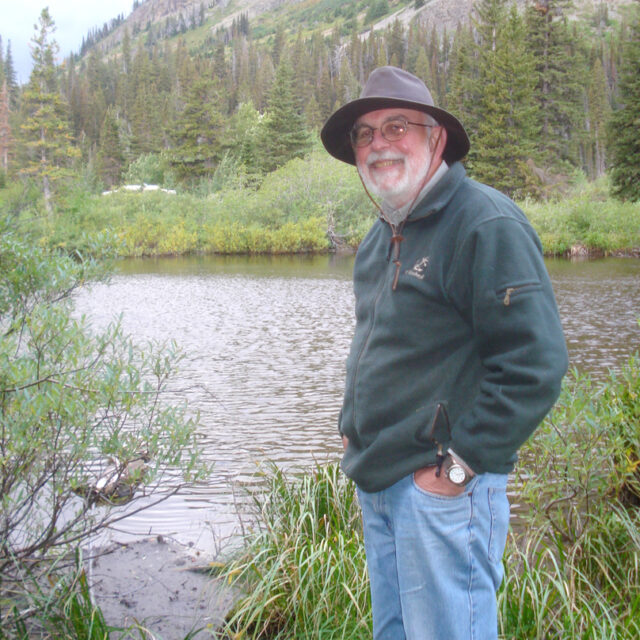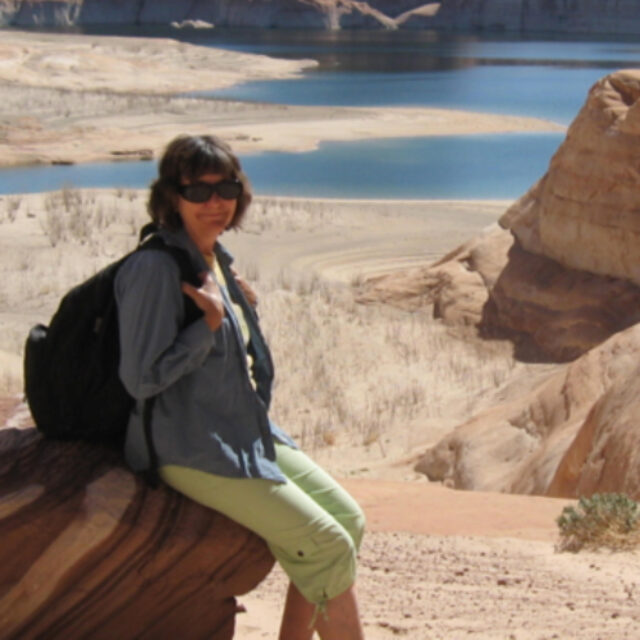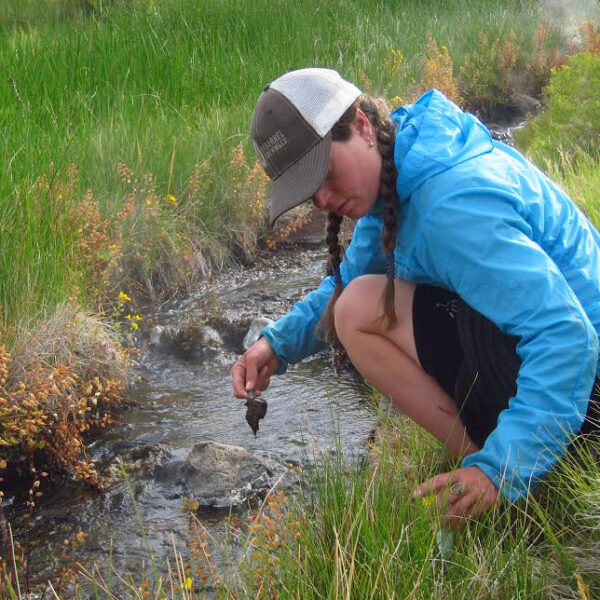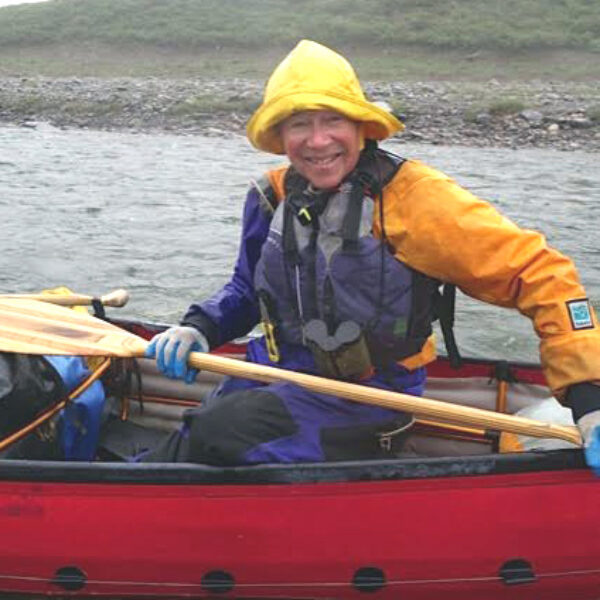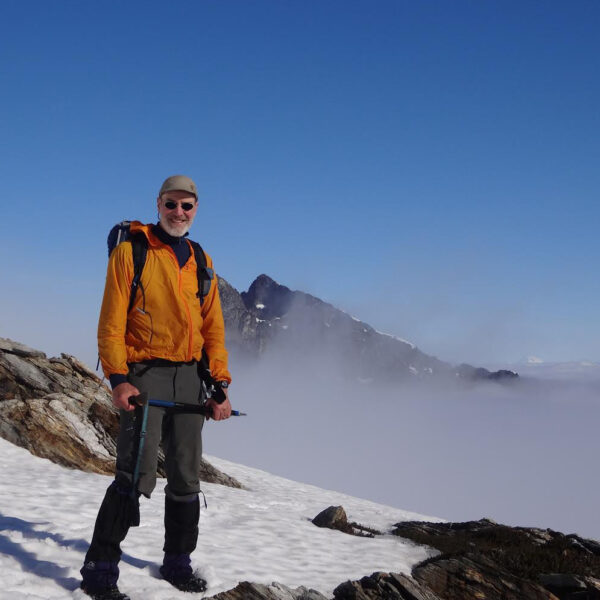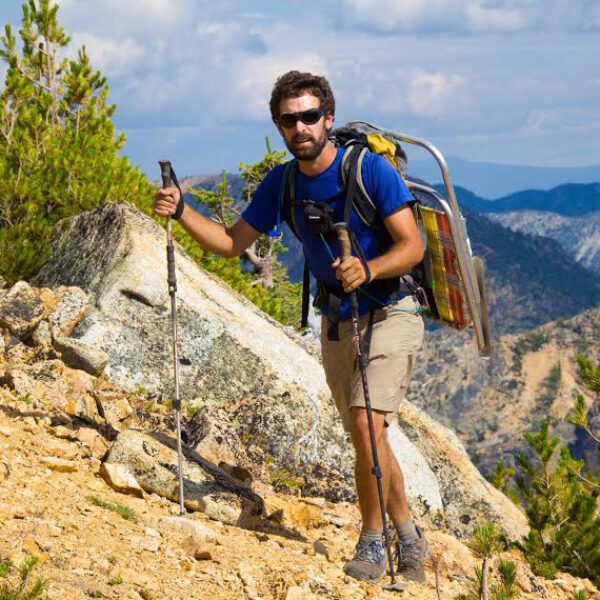The High Mountain Lakes Diatom project was a collaborative effort between Adventurers and Scientists for Conservation (ASC) and Loren Bahls.
Although the initial target was high elevation lakes in the northwest United States, the scope of the project quickly expanded to include all manner of diatom habitats (springs, creeks, ponds, puddles, pools, tarns, seeps, bogs, fens, etc.) at elevations ranging from near sea level to over 3,000 meters above sea level, in the U.S. and Canada. All of western North America’s major biomes are represented by volunteer collections—arctic tundra, boreal forest, temperate rainforest, deserts, alpine tundra, montane forest, and steppe—and all of the volunteer samples are from remote, relatively unspoiled habitats. Most sites can be reached only by foot or by canoe or kayak, and many are off trail, unnamed, and not on any map.
Altogether, 21 ASC adventurers, or groups of adventurers, collected diatoms. Ten additional volunteers, not affiliated with ASC, also generously collected diatom samples from remote locations in western North America. Collectively, volunteers contributed several hundred samples to the Montana Diatom Collection. To date, these samples have yielded 67 new and rare diatom taxa, many already included in species pages for Diatoms of the US. Volunteers also collected basic water quality data and took photos of the habitats they sampled. The autecology pages for many species are enhanced by water quality data and habitat photos provided by volunteers.
The most significant finding of this project is the high diatom diversity in wild, remote landscapes - new species are still awaiting discovery. In addition to the new and rare taxa listed here, samples collected by volunteers contained scores of unknown taxa that remain to be identified or described. Both conventional habitats—lakes and streams—and unconventional habitats seem to hold equal promise for yielding new and rare taxa.
Besides the discovery of new species and expanding the ranges of many others, samples collected by volunteers have confirmed the central Cascades in Oregon as a diatom species diversity hotspot. This geologically young and dynamic area has more endemic and sub-endemic species than any other area of the Northwest, and perhaps of the entire United States. A concentration of volunteer samples from the North Cascades, Middle Rockies, Northern Rockies and Canadian Rockies will allow for a much finer resolution of diatom floristics and diatom biogeography in these ecoregions than what had been possible before.
Volunteers other than those affiliated with ASC, and their collecting areas:
| Wendy Brown | Colorado Rockies |
| Al Johnson | Willamette National Forest, Oregon |
| Barb Johnston | Waterton Lakes National Park, Alberta |
| Peter Lesica | Northwestern Great Plains, Montana |
| Mike and Shelley Pasichnyk | Glacier and Yellowstone National Parks |
| John Pierce | Rocky Mountains, Idaho and Montana |
| Billy Schweiger | Glacier National Park, Montana |
| Erich Weber | California, Montana, Nevada, Oregon, South Dakota, Washington |
Bahls, L. 2014. New diatoms from the American West—A tribute to citizen science. Proceedings of the Academy of Natural Sciences of Philadelphia 163: 61-84.
 Diatoms of North America
Diatoms of North America